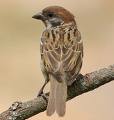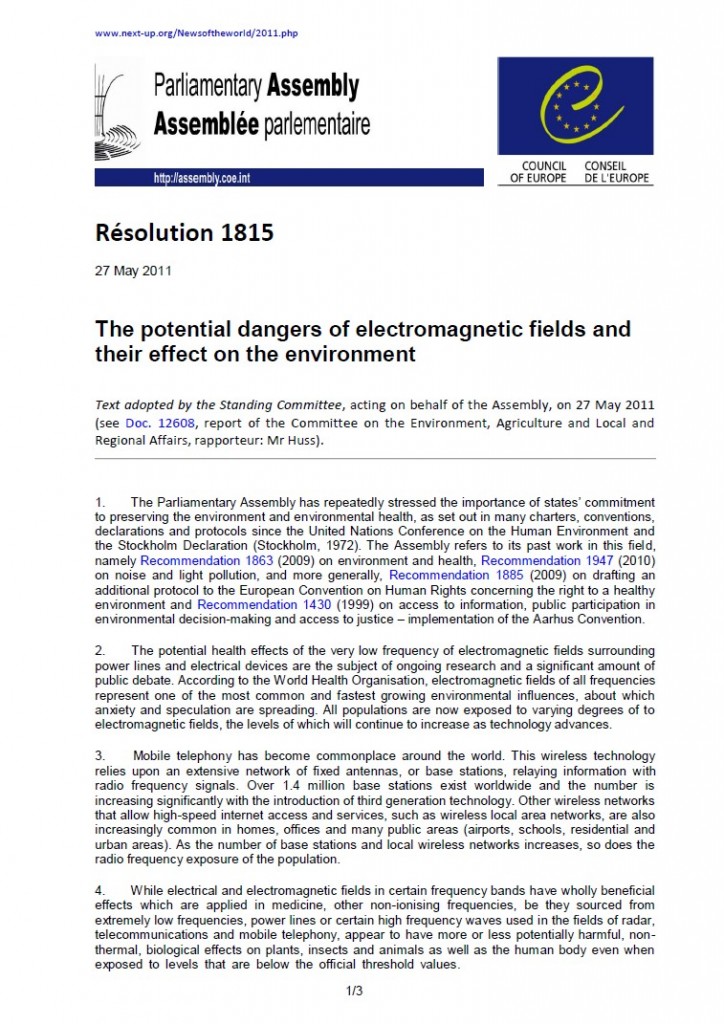Portada del sitio > Fauna > Mobile towers threaten house sparrow: study
The Hindu

Mobile towers threaten house sparrow: study
Viernes 19 de junio de 2009 · 1317 lecturas
News Update Service
Friday, June 19, 2009 : 1100 Hrs RSS Feeds
Sci. & Tech.
Mobile towers threaten house sparrow: study
Thiruvananthapuram (PTI): The population of house sparrow, the small bird that lives in nest colonies close to human habitats, is threatened by proliferation of mobile phone towers, erected without scientific norms or strict regulations, claims a recent study by a conservation group in Kerala.
The study in Kollam taluk by environmentalist group Kerala Environmental Researchers Association (KERA) claimed that the population of house sparrow — Passer domesticus — is on the decline in spots like railway stations, warehouses and human dwellings normally colonised by them.
Since its diet comprises seeds, cereals and insects, factors like harmful insects, introduction of unleaded petrol, combustion of which produces highly toxic compounds like methyl nitrite, use of garden pesticides and destruction of open grasslands and mushrooming of bird unfriendly architecture also harm existence of the sparrow.
The study holds that uncontrolled and unscientific proliferation of mobile phone towers is bringing down sparrow population, said Prof Zainudeen Pattazhy, who led the study.
"Conservation of house sparrows urgently require enforcement of strict rules and regulation on erection of mobile phone towers by the Centre," he said.
The study said mobile towers were found to emit electro magnetic waves of a very low frequency of 900 or 1,800 MHz.But this was enough to harm the thin skull of chicks and their egg shells. Hence it is imperative to include this bird in the endangered list and take steps to protect them from vanishing, it said.
According to Pattazhy, there are more than 80 mobile towers in Kollam taluk alone. In many places, three or four towers are erected within half a kilometre radius.
A mobile tower can emit microwave radiations in the Radio Frequency Radiation (RFR) part of the spectrum of electro magnetic waves. RFR is a source of thermal energy and in adequate doses, has all known effects of heating on biological systems, including burns and cataracts in the eyes.
The heating effect of RFR can become a problem in individuals with metallic implants like rods in bones and electromagnetic interference can interact with cardiac pace makers. Acute high dose exposure to RFR may cause injury to the eyes. The cornea and lens are particularly susceptible to frequency of the 1-300 GHz range and formation of lesions in the retina is also possible.
Ver la noticia original AQUÍ







